SUMMARY
This is AI generated summarization, which may have errors. For context, always refer to the full article.
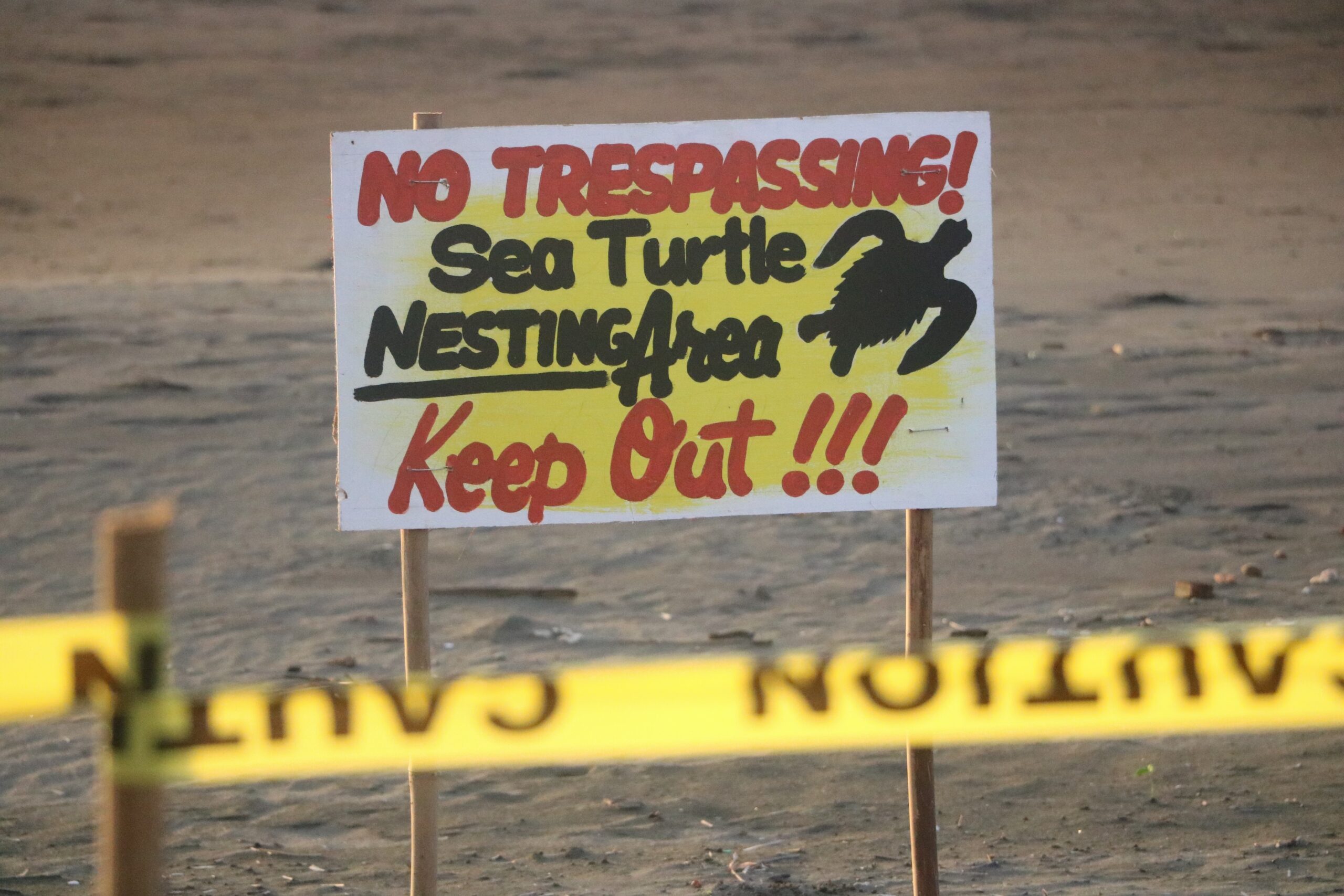
DIPOLOG, Philippines – As the pawikan (marine turtles) slowly reclaim their nesting areas in Dipolog City, the local government has started a community-based campaign to involve residents in conservation efforts and help protect the endangered reptile and their habitat.
Dipolog Mayor Darel Dexter Uy appealed to Dipolognons to join in the community effort to protect the species that has been existing for more than 100 million years.
“In the past couple of years, Green Sea Turtles have slowly returned to nesting on our foreshore. That’s a good indication that our coastal waters are going back to being healthy,” Uy said on Friday, December 1.

Since the last week of November, five nesting areas with an estimated 250 eggs have already been discovered within the foreshore of the 3.2-kilometer Dipolog Sunset Boulevard. Sporadic Green Sea Turtles nestings have been recorded in the past few years at the extremes of the 7.2-kilometer coastline of the city in Zamboanga del Norte.
“Now the nesting areas are growing, and we have to cordon them off because they’re already in the central part of the city, at the regularly busy boulevard where thousands of people converge daily for exercise, recreation, food, or just to while away the hours,” said Mercedita Guerrero, City Environment and Natural Resources Officer (CENRO).
In an interview, Guerrero told Rappler that the Green Sea Turtles had likely moved to other places to lay eggs decades ago because the coast where the Dipolog boulevard stands was once inhabited by informal settlers.
Human encroachment and destruction of the nesting place of pawikan are the main causes of the marine turtles’ displacement, said the Department of Environment and Natural Resources-Biodiversity Management Bureau (DENR-BMB).
Other causes include pollution, poaching, and hunting of pawikan for export, and now, climate change.
There are five species of marine turtles, all of which are found in the Philippines. Aside from the Green Sea Turtles, the other species include the Olive Ridleys, Hawksbill, Leatherback, and Loggerhead. The nesting areas for Green Sea Turtles are primarily in Tawi-Tawi and Zamboanga del Sur.
In 2012, the DENR-BMB counted a record high of 19,550 nesting areas throughout the Philippines and an annual average of two million eggs. Recently, the DENR-BMB reported a decline to 11,277 nesting areas, accompanied by a 50% reduction in egg count.
Guerrero said the Dipolog city government, along with the DENR’s Community Environment and Natural Resources Office (CENRO) based in the nearby Manukan town, has been working closely with local fishers, leaders, residents of coastal barangays, and local volunteer environmentalists to safeguard the nesting places of what she referred to as “our visitors from the sea.”
“CENRO personnel have transferred some Green Sea Turtles eggs to areas that could not be reached by seawater during high tide,” Guerrero said. She explained that “too much exposure to seawater can destroy the Green Sea Turtles eggs.”
Guerrero said the nesting places were cordoned off with yellow lines to prevent people from getting near them. The nesting sites were also surrounded with nets to prevent dogs from encroaching.
The city government also sent militia groups to maintain peace and order at the boulevard and at the same time protect the nesting areas.
“We really need the help of the people particularly those living near the coasts, but so far we have no record of hunting of pawikan or poaching of their eggs,” said Lorenzo Aseniero, Dipolog city information officer, who is leading an information dissemination campaign about the pawikan.
Aseniero added that fishers and residents of coastal barangays told him that dogs are the biggest threat to the survival of Green sea turtle eggs.
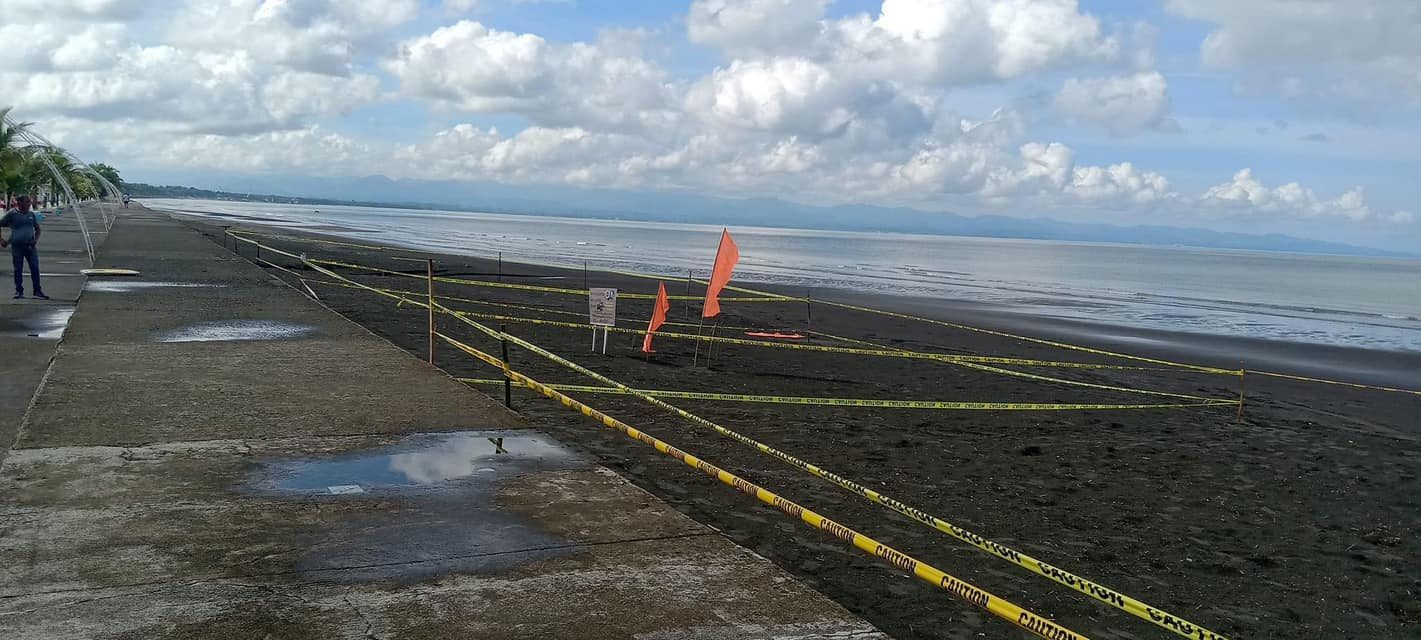
“It’s a relief to know that Dipolognons have already learned the need to protect the wildlife. They are the ones reporting to DENR and local authorities the presence of marine turtle nesting places or if they accidentally catch pawikan,” he said.
Guerrero said that her personnel and their colleagues from the DENR will be assisting the hatchlings at its “infantile frenzy” stage wherein they are at their highest strength to move quickly in a short period from their nests towards the shore, and finally off the sea.
“And we will be waiting for their return because it is the nature of marine turtles to return to their places of birth after 15 to 20 years,” Guerrero said. “Dipolog was indeed a nesting area for Green Sea Turtles decades ago, and they’re coming back now.” – Rappler.com
Add a comment
How does this make you feel?
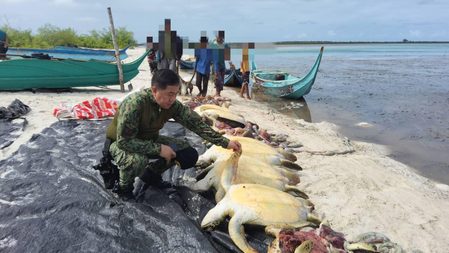




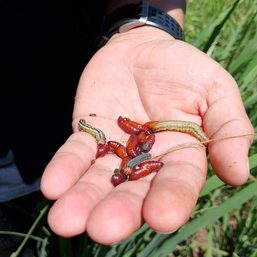

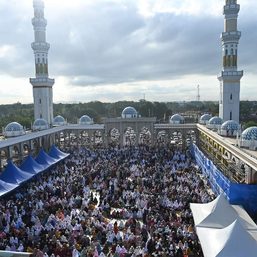
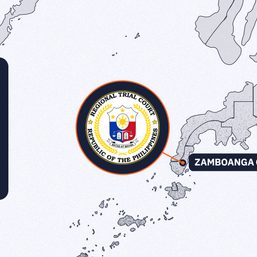

There are no comments yet. Add your comment to start the conversation.